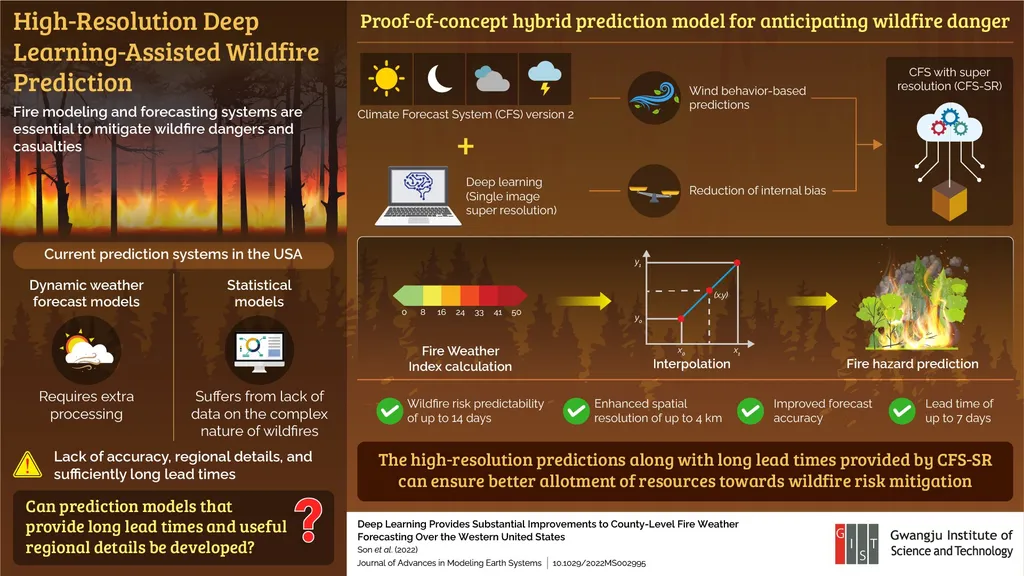In a groundbreaking study published in *Global Ecology and Conservation* (which translates to *Global Ecology and Conservation* in English), researchers have developed a sophisticated multi-ensemble modeling approach to assess the invasion potential of the tropical fire ant, *Solenopsis geminata*, in South Korea. Led by Dae-hyeon Byeon from the Department of Smart Agriculture Machinery Engineering at Chungnam National University, the research offers critical insights into predicting and mitigating the spread of this aggressive and economically damaging ant species.
The tropical fire ant, known for its rapid expansion and destructive impact on ecosystems and agriculture, poses a significant threat to global biodiversity and commercial interests. “Reports of invasion by this species are continuously increasing, indicating the need to prevent its introduction by predicting and identifying high-risk areas,” Byeon explained. The study leverages advanced modeling techniques, integrating CLIMEX and MaxEnt, to predict the global distribution of *S. geminata* and assess its potential impact on South Korea.
By employing multiple ensemble models, the researchers achieved a high true skill statistic of 0.77, demonstrating the models’ reliability. The findings reveal that regions with high habitat suitability for *S. geminata* are concentrated along the southern coast of South Korea, particularly around international trading ports. This suggests a high likelihood of establishment following introduction via these hubs, underscoring the importance of robust quarantine and control measures.
The implications of this research extend beyond South Korea, offering a methodology for integrating models with different scales of output indicators for pest prediction. “This study provided spatial information necessary for the quarantine and control of *S. geminata* globally and in South Korea,” Byeon noted. The findings are particularly relevant for the energy sector, where infrastructure and operations could be disrupted by invasive species, leading to significant economic losses.
As the world grapples with the challenges of invasive species, this research highlights the importance of proactive measures in preventing their spread. By providing a framework for predicting high-risk areas, the study paves the way for more effective pest management strategies, ultimately safeguarding ecosystems and commercial interests. The integration of CLIMEX and MaxEnt models offers a novel approach that could be applied to other invasive species, shaping future developments in the field of species distribution modeling.
In an era where climate change and globalization are exacerbating the spread of invasive species, this research serves as a timely reminder of the need for innovative solutions. By combining advanced modeling techniques with practical applications, Byeon and his team have made a significant contribution to the fight against invasive species, offering hope for a more sustainable and secure future.

